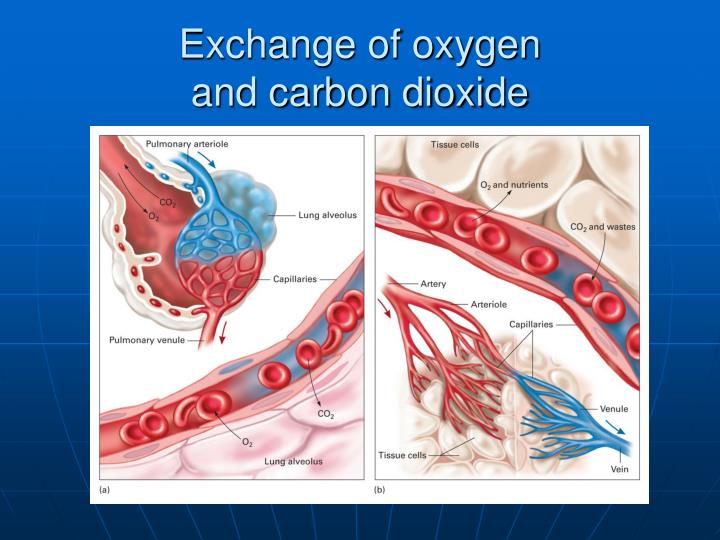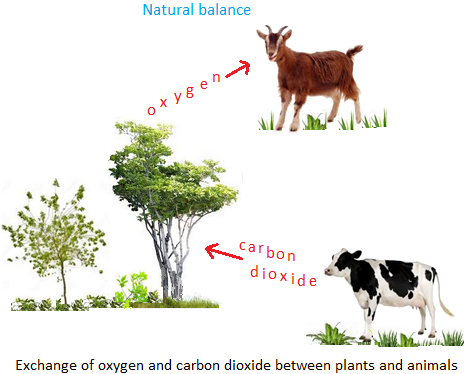
Overall, perfusion increases more than ventilation at the base of the lung, resulting in lower V/Q ratios in the base of the lung compared to the apex. Perfusion is also greater at the base of the lung due to gravity pulling blood down towards the base. As a result, alveoli are less expanded and have higher compliance at the base, resulting in a more substantial increase in volume on inspiration for increased ventilation. The weight of fluid in the pleural cavity increases the intrapleural pressure at the base to a less negative value. Ventilation is 50% greater at the base of the lung than at the apex. There is regional variation in the V/Q ratio within the lung. The V/Q ratio evaluates the matching of ventilation (V) to perfusion (Q). According to Fick’s law of diffusion, diffusion of a gas across the alveolar membrane increases with: Traveling from the alveoli to capillary blood, gases must pass through alveolar surfactant, alveolar epithelium, basement membrane, and capillary endothelium. Gas exchange in the alveoli occurs primarily by diffusion. Alveolar macrophages, also known as dust cells, are active in defending against pathogens and irritants. In addition to capillary endothelial cells, the alveolar septum contains type I pneumocytes that are very thin and line the alveoli, as well as type II pneumocytes that secrete dipalmitoylphosphatidylcholine (DPPT) surfactant to decrease alveolar surface tension. The alveolar septum has numerous capillaries and thin walls for gas exchange.

The control of opening or closing of alveoli to regulate ventilation occurs at the alveolar duct. Adjacent alveoli have connections via small openings, called pores of Kohn, that allow for collateral airflow and equalization of pressure between alveoli. Thin alveolar septa separate adjacent alveoli. The respiratory zone of the lung includes respiratory bronchioles, alveolar ducts, alveolar sacs, and alveoli. Gas exchange occurs in the respiratory zone of the lung, where alveoli are present. Changes in the V/Q ratio can affect gas exchange and can contribute to hypoxemia.

Collective changes in ventilation and perfusion in the lungs are measured clinically using the ratio of ventilation to perfusion (V/Q). Individual alveoli have variable degrees of ventilation and perfusion in different regions of the lungs.

Ventilation (V) refers to the flow of air into and out of the alveoli, while perfusion (Q) refers to the flow of blood to alveolar capillaries. For effective gas exchange to occur, alveoli must be ventilated and perfused. Gas exchange occurs in the lungs between alveolar air and the blood of the pulmonary capillaries. Most bronchioles and large airways are part of the conducting zone of the lung, which delivers gas to sites of gas exchange in alveoli. The lungs are composed of branching airways that terminate in respiratory bronchioles and alveoli, which participate in gas exchange. One of the major roles of the lungs is to facilitate gas exchange between the circulatory system and the external environment.


 0 kommentar(er)
0 kommentar(er)
